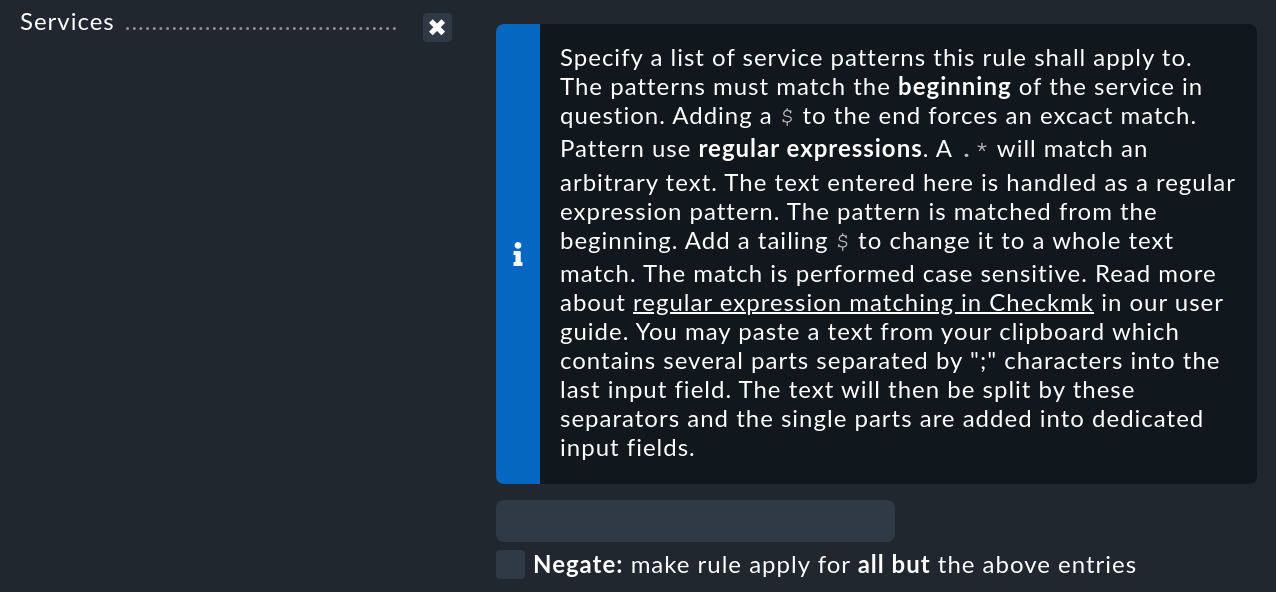

Sequence ‘\ \’ matches’ \ ‘, while’ \ (‘matches’ (‘. For example, ‘n’ matches the character ‘n’. Mark the next character as a or special character, or literal character, or back reference, or octal escape character. Matches the preceding subexpression zero or once, or indicates a non greedy qualifier. Marks the beginning of a bracket expression. Matches any single character except the newline character. Matches the previous subexpression one or more times. Matches the previous subexpression zero or more times. To match these characters, use \ (and \). Subexpressions can be obtained for later use.

Marks the start and end positions of a subexpression. If the multiline property of the regexp object is set, $also matches’ \ n ‘or’ \ R ‘. Regular expressions have the following special characters. If you want to find a file with * in the file name, you need to escape * by adding a \. TXT” above, which simply means the meaning of any string. The so-called special characters are characters with special meanings, such as * in “*. Matches any white space characters, including spaces, tabs, page breaks, and so on.

Otherwise, C is treated as an original ‘C’ character. The value of X must be one of A-Z or A-Z. For example, \ cm matches a control-m or carriage return. Matches the control character indicated by X. Supplementary regular basic syntax (source network): Exec (attr) // intercepts the executor form in the - > Edit initiation status. Var reg = new regexp (' + $','g ') // define regular: intercept the part ending with Chinese character, + represents one or more Chinese characters.Īttr = reg. Split (".") // intercept to - > C: \ fakepath \ edit the executor form in the initiated state Var attr = C: \ fakepath \ edit the executor form of the initiation status.pngĪttr = title.


 0 kommentar(er)
0 kommentar(er)
